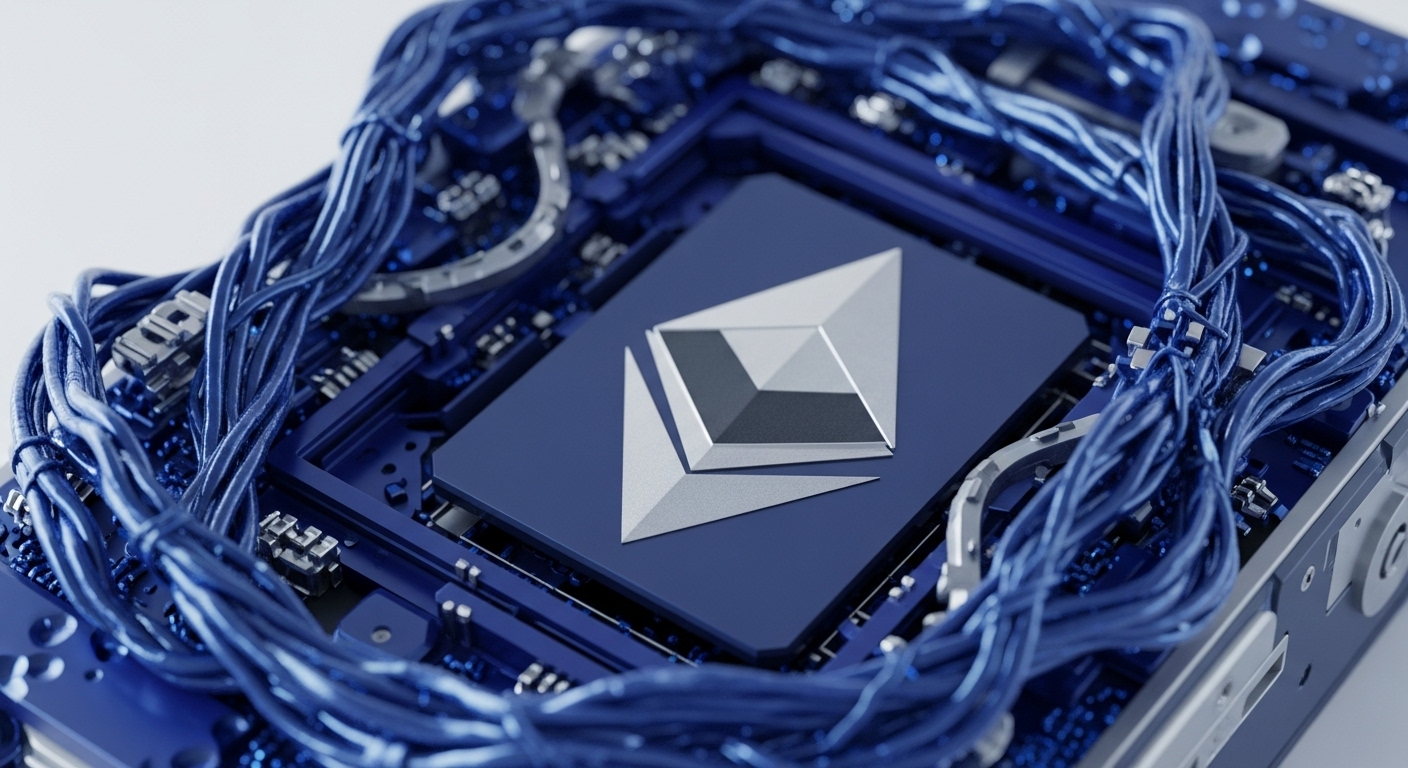JPMorgan and DBS Pilot Tokenized Deposit Interoperability on Public Blockchain


This cross-bank tokenized deposit framework leverages a public chain to achieve 24/7, T+0 settlement, optimizing institutional liquidity management and reducing counterparty risk.
MAS and Banks Pilot Programmable Digital Money for Asset Settlement


Institutional consortium deploys purpose-bound money to enforce transaction conditions, drastically reducing settlement and counterparty risk in tokenized markets.
BNP Paribas and Lloyds Settle First On-Chain Interest Rate Swap


Leveraging DLT, the banks achieved atomic settlement of a complex financial derivative, radically reducing counterparty risk and optimizing capital efficiency in wholesale markets.
21x Launches Regulated DLT Platform for Atomic Trading of Tokenized Securities


The regulated DLT system enables atomic, T+0 settlement of tokenized real-world assets, eliminating counterparty risk and unlocking capital efficiency across European markets.
Regulated European Exchange Launches DLT Trading Platform for Tokenized Securities


This new DLT-powered market infrastructure enables atomic, T+0 settlement for tokenized assets, fundamentally de-risking capital market operations and unlocking capital efficiency.
Brazil and Hong Kong Central Banks Pilot Cross-Border DLT Trade Settlement


Linking two CBDC networks via an interoperability layer enables atomic DvP settlement, collapsing trade finance risk and optimizing global working capital flow.
Boerse Stuttgart Subsidiary Launches Regulated DLT Settlement System on Public Ethereum


The FINMA-certified DLT platform integrates public blockchain for T+0 settlement, radically de-risking counterparty exposure and optimizing capital velocity.